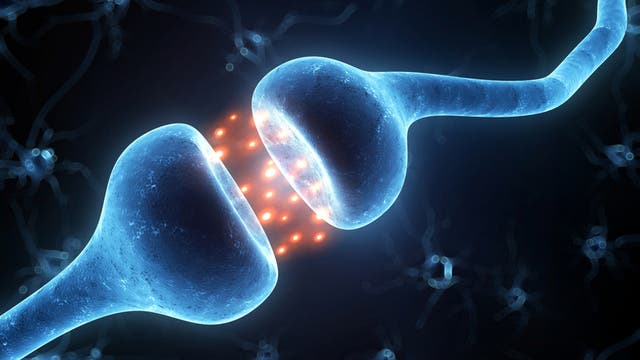Neuroscientists have long posited that memories last as long as the connections in the brain, but putting this theory to test has always proved challenging. Using the latest imaging techniques and sheer innovation, a group at Stanford confirmed this as being true after the researchers literally peered into the brains of mice and studied brain connections as they formed or were replaced. Once the connection was lost, so was the memory.

The group, led by Mark Schnitzer, an Stanford associate professor of biology and of applied physics, focused their efforts on unraveling the physical brain structures that pertain to episodic memories. These are kind of memories that are stored for a limited time then lost if not used, like conversations you had or events which took place in the past couple of weeks or months at most. Episodic memories are stored in the hippocampus, a a small region of the brain that forms part of the limbic system and is primarily associated with memory and spatial navigation.
Memento
In mice, episodic memories typically last 30 days tops. Humans are somewhat better. When mice have hippocampus-disruptive surgery, those memories formed in the past 30 days are lost, but if the surgery takes places more than 30 days after the memory is formed then the mouse still retains that information that helps him identify a mate or navigate a maze. That’s because those memories were moved from the hippocampus to the neocortex which is a long-term repository.
Previously, researchers at Cold Spring Harbor Laboratory in New York studied the connections formed between neurons in the neocortex. These connections were located near the surface of the brain and thus easily monitored without significant disruption. However, they didn’t observe the connections per se, but instead looked at a proxy: the bulbous region of a dendritic spine where synapses are formed. By watching the spines come and go, the researchers could know when and where new connections where being made. For instance, using this insight they found out that about half of the spines in the neocortex were permanent and the rest turned over approximately every five to 15 days. In other words, half the connections in the neocortex are established long-term memories, while the rest are malleable allowing new memories to be formed or old ones discarded (forgetfulness).
Using the same line of reasoning, Schnitzer suggested that the spines in the mouse hippocampus should turn over ever 30 days or so, along with the memories they hold. Unlike the neocortex, however, the hippocampus is nestled deep inside the brain and hence much more challenging to image. Moreover, the spines are so densely packed that multiple spines can easily be confused for one.
The Stanford team first implanted a microendoscope deep inside the brain of mice that provides high-resolution images of structures deep within the brain. It’s basically a high-tech needle. With the equipment in place, a technique first described by Schnitzer and colleagues in 2011 to stably image a single neuron in a living mouse over long time periods was used. But like mentioned earlier, even with their best efforts the researchers still found it extremely difficult to distinguish between single neurons and spikes. “The ability to resolve spines in the hippocampus is right on the hairy edge of our technological capability,” Schnitzer said.
The team overcame that problem with a mathematical model that took into account the limitations of the optical resolution and how that would affect the image datasets depicting the appearances and disappearances of spines.
Eventually, Schnitzer and colleagues found the region of the hippocampus that stores episodic memories contains spines that all turn over every three to six weeks, as reported in Nature. It’s no coincidence that this is roughly the duration of an episodic memory in mice.
“Just because the community has had a longstanding idea, that doesn’t make it right,” Schnitzer said. Now that the idea has been validated, he said, his technique could open up new areas of memory research: “It opens the door to the next set of studies, such as memory storage in stress or disease models.”
To recap, the Stanford researchers used novel techniques to probe how memories are formed, lost or transferred at an individual neural connection level. I don’t know about you, but that’s darn impressive!
Was this helpful?



